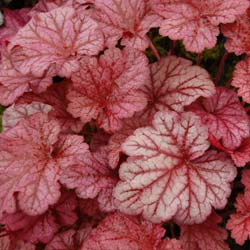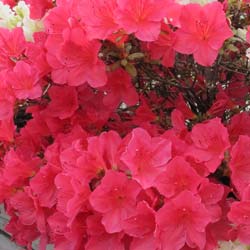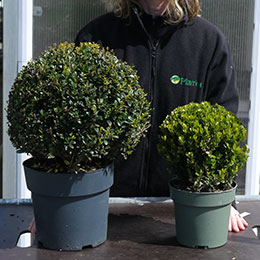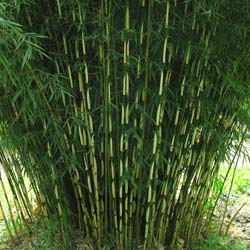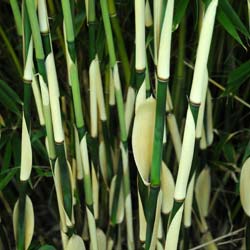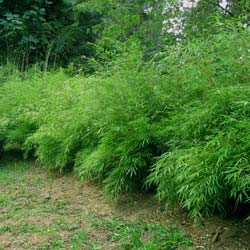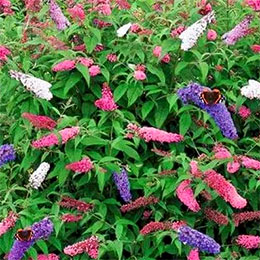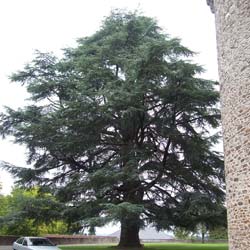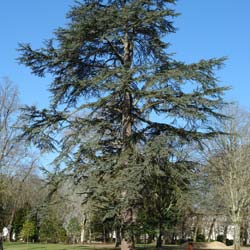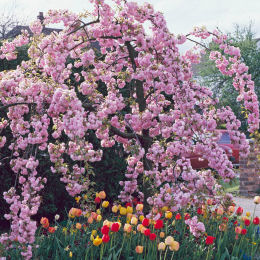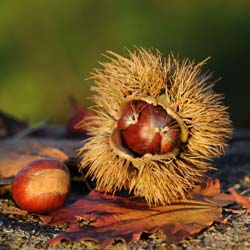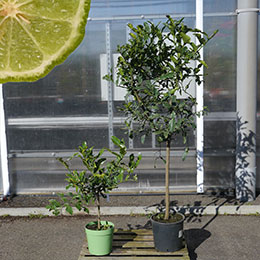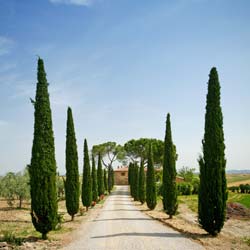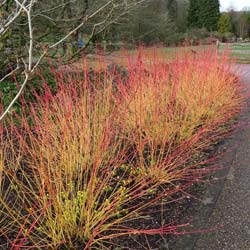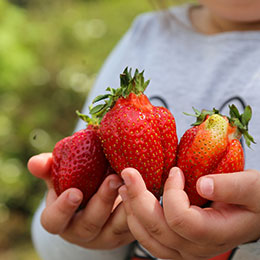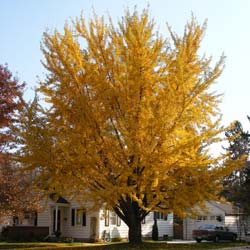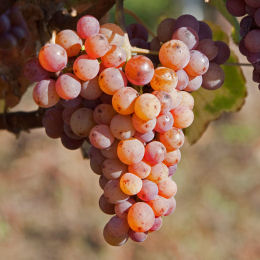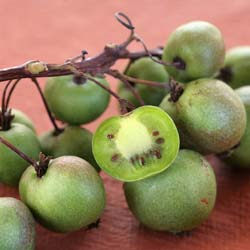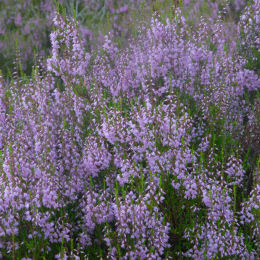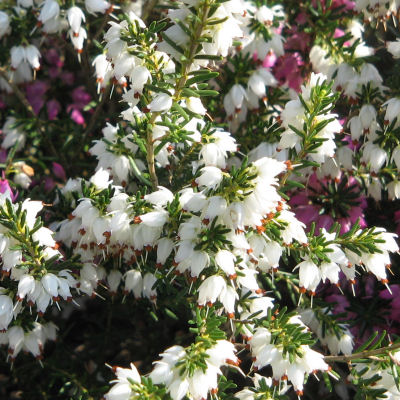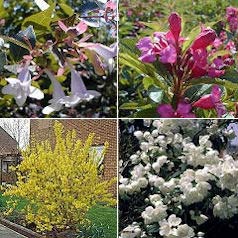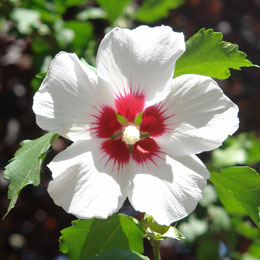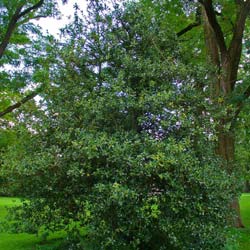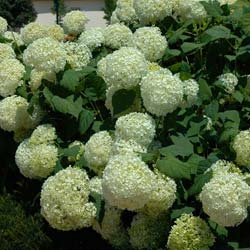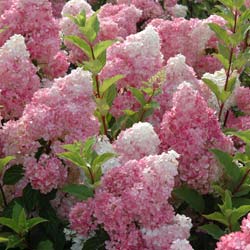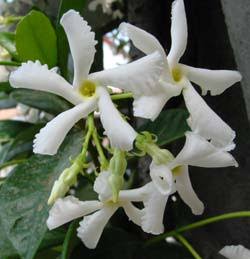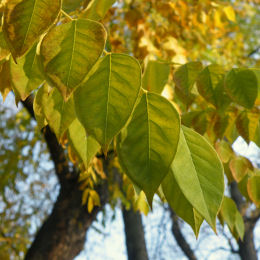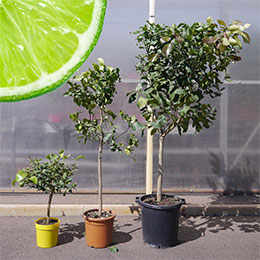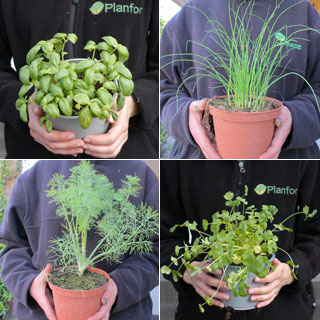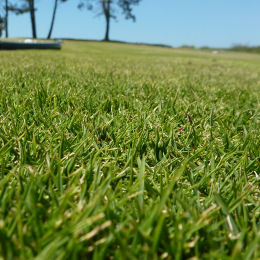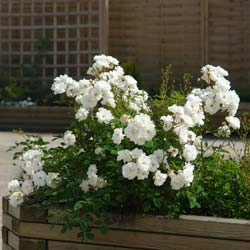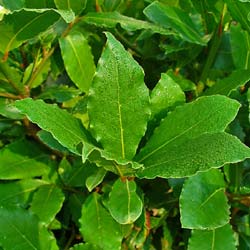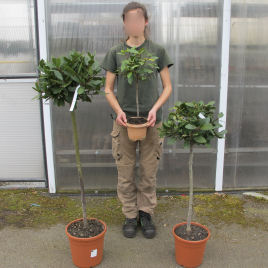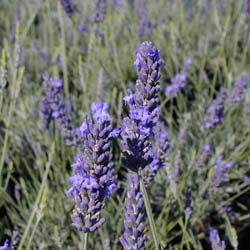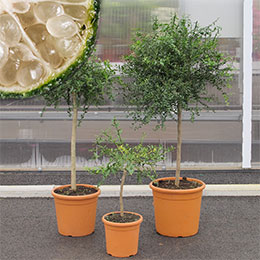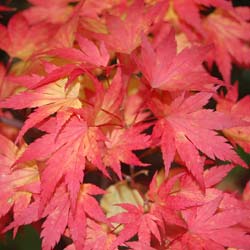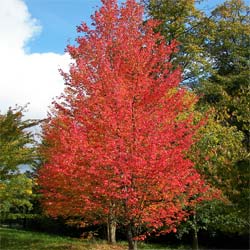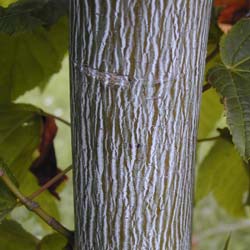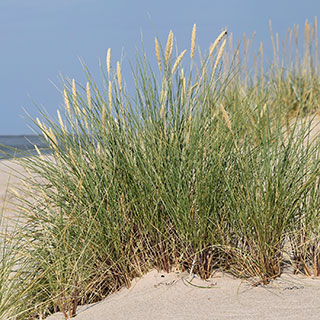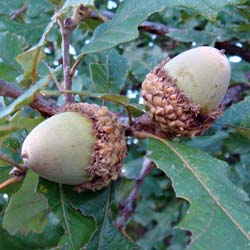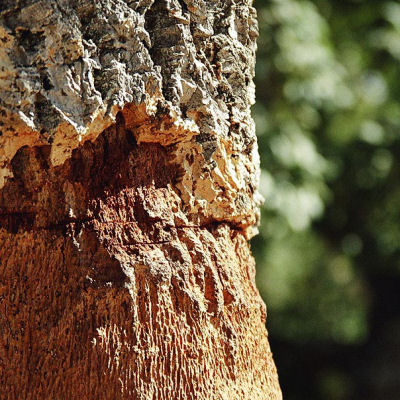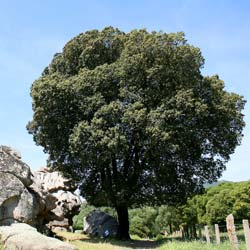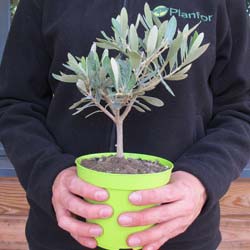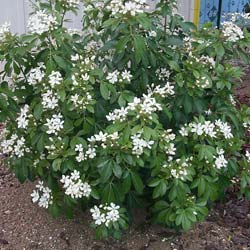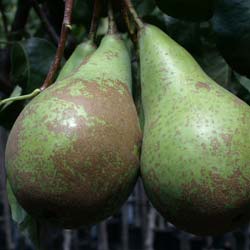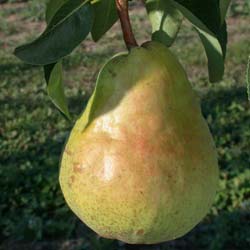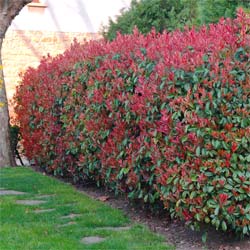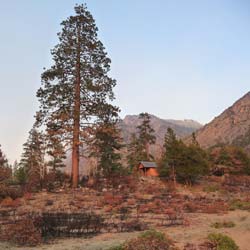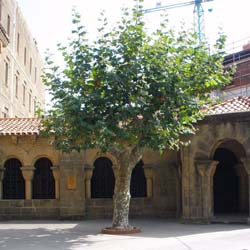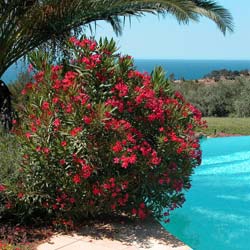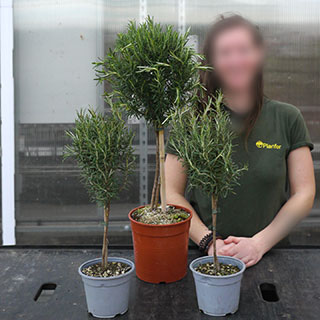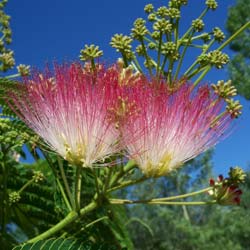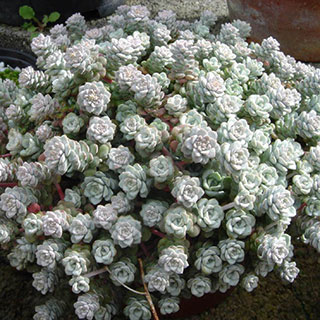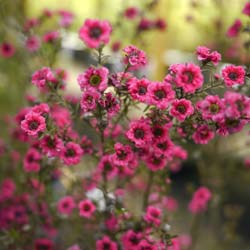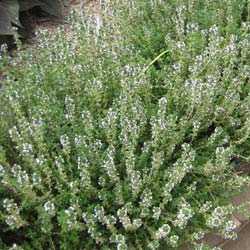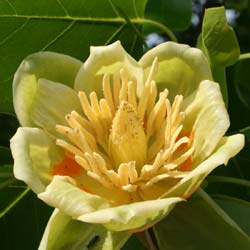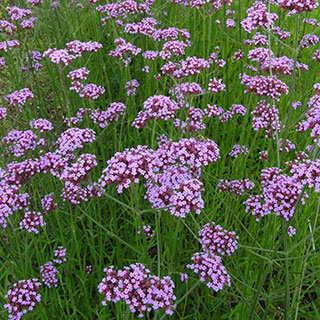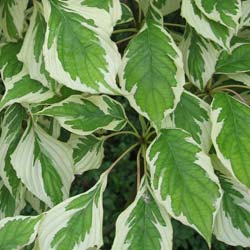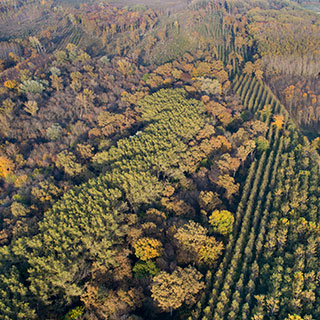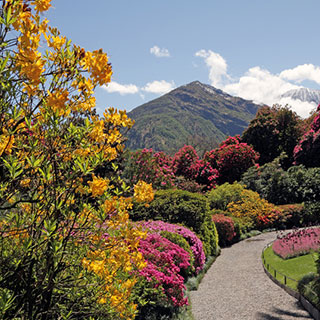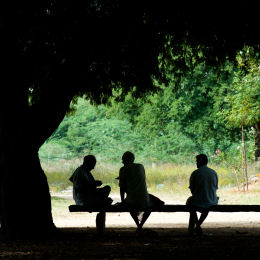Home > Plants > Service tree, wild Service tree, wild / Sorbus torminalis
Buy: Service tree, wild
Pictures of: Service tree, wild
-

Service tree, wild
Plant grown in 7 liters pot - Height of the plant: 150/175 cm.
Author: Planfor
© Copyright
-

Service tree, wild
Plant grown in 1 litre - Height of the plant: 60/80 cm.
Author: Planfor
© Copyright
-

Service tree, wild
Plant grown in 1 litre - Height of the plant: 40/60 cm
Author: Planfor
© Copyright
-

Service tree, wild
Gamlingay Wood, Cambridgeshire, England
-
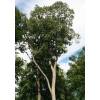
Service tree, wild
Austria
-

Service tree, wild
Weinsberg, Germany
-

Service tree, wild
Weinsberg, Germany
-

-

Service tree, wild
Weinsberg, Germany
Description: Service tree, wild
Area of origin : Plains of Europe.
Adult Dimensions : Height up to 25 metres ( 82'), width up to 8 metres (26,2').
Foliage : Deciduous, dark green then lighter in autumn.
Soil type : All.
Hardiness : Very hardy, tolerant to -20°C.
Exposure : Full sun.
Properties and uses:
Rather rare in British Isles when found growing is usually indicator of ancient woodland. The white flowers from May to June are followed by fruits from October to November which are used for distilling. It can be planted alone or in a mix of plants perhaps as a country style hedge. Certainly very good for use in rows. The strong brownish red wood is extremely strong and is sought after for making tools.
Plant them now: the shortest way to your plate is through your garden!
List of Sorbus:
• Common Whitebeam (Sorbus aria), beautiful white blossom in May, small acidic berries, mature in autumn
• Rowan (Sorbus aucuparia), small red berries from July through to winter, extremely appreciated by birds
• ServiceTree (Sorbus domestica), interesting red green pear shaped berries
• Swedish Whitebeam (Sorbus intermedia), white blossom in May and June, small red berries
• Forest Tree Seedlings for your plantations
• Plants for Agroforestry Catalogue
• Free-range poultries trees and shrubs catalogue
• List of Edible Wild fruits
1) The Wild Service Tree (Sorbus torminalis) is it suitable for my land?
The Wild Service Tree needs a lot of sunlight and does not tolerate the competition of the other species. It will not grow in the shade if it is not boosted by forestry management. It is extremely adaptable concerning the soil and the weather conditions. It tolerates temporary water logging of the grounds and drought (likes to grow in warm areas). The Wild Service Tree can interbreed with two other Sorbus species found in France: the Common Whitebeam (Sorbus Aria) and the Rowan (Sorbus Aucuparia).
2) Which planting density for my Wild Service Tree plot? (Sorbus torminalis)
The planting density is the number of plants planted in one hectare (acre). Here it means determining the initial number of young plants and to choosing their repartition in the available space.
The planting density is defined by the gaps in between the lines as well as the spacing in between each plant on a same line.
It is the basics of the silvicultural path which must lead to a final trees’ population of quality and to the fulfilment of the land’s owner set goals.
Advice: When choosing the density, think about the width of the tool which will allow the maintenance of the gaps in between the lines. The space in between the lines must allow clear passage for a tractor-drawn, maintenance tool.
Examples of space distribution of plants:
- There are not enough Wild Service Tree plantings to determine a standard density. It is often used as a side variety to enrich a plot.
3) How to prepare the soil to plant Wild Service Tree (Sorbus torminalis)?
In Silviculture, working the soil is a key element in the success of planting. The root system of the tree must take rapidly where planted. Whether the work is done mechanically or manually, we recommend working the soil in its depth for optimum planting.
4) How to plant the Wild Service Tree (Sorbus torminalis)?
a- Receipt, storage and preparation of the plants before planting
- Upon receipt, place the crates side by side, on a flat surface so as there is no air circulation underneath. Choose a shady spot protected from wind;
- Maintain a good humidity level of the plants on the crates placed on the edges,
- Plan for the possibility of watering if planting is delayed or if the plants require water,
- In case of frost, do not handle the plants and if frost is forecasted for several days, place mulch on the edges.
b- Planting
Our team of professional planters use a planting cane to place the earth-balled plants in situ. This ergonomic, light tool allows quality, quicker planting work. It is also possible to carry out a traditional planting work using a pickaxe or a spade
In all case, you must:
- Dig a hole a little bit larger than the earth-ball ;
- Position it well in the hole;
- Cover it entirely;
Finally, the worker will tamp down the soil carefully with its foot. It is forbidden to press strongly or again to heel-butt the plant to avoid crushing the earth-ball and damage the root system of the plant.
Video on planting using a planting cane
Buy Planting cane
5) How to limit weeds on my Wild Service Tree plot (Sorbus torminalis) ?
During the first years, it is essential to eliminate all self-propagating plants. Not controlled they are going to be in competition with your plants and are going to deprive the young trees of the vital elements they require to grow (water, light and nutritional elements). You must therefore eliminate mechanically this unwanted competition until the trees are big enough to be able to dominate it.
Two types of operations are possible after planting:
Manual clearing around the plants
It is in fact acts often carried out using portable thermic Strimmers or billhooks to clear plants on a line or around the plants themselves.
Mechanical clearing of the space in between the lines
These actions are done using cutters and flail mowers, horizontal or vertical cutters, mounted on mini excavators or tractors. As a result, they cannot be undertaken outside the spaces available between the tree lines (plants or plants).
6) How to protect my young Wild Service Tree plants from wildlife (Sorbus torminalis) ?
There is a necessity to protect the plot as soon as the population’s density of Cervidae (deer and roe deer in particular) risk leading to significant damage such as undergrowth of the plants or friction of the stems. Sometimes, the setting up of plants’ protection is also necessary as soon as the rodents’ population (rabbits, hares, coypu, voles...) are locally important.
3 types of protections are possible:
- Individual, mechanical Protections ( dissuasive netting, photo-degradable tubes,...)
- Protection by total wire-fencing of the plot,
- Protection by applying a repellent on each plant or on the borders of the plot.
Catalogue Protections against Game
Related Categories: Service tree, wild
Your reviews about: Service tree, wild |
















